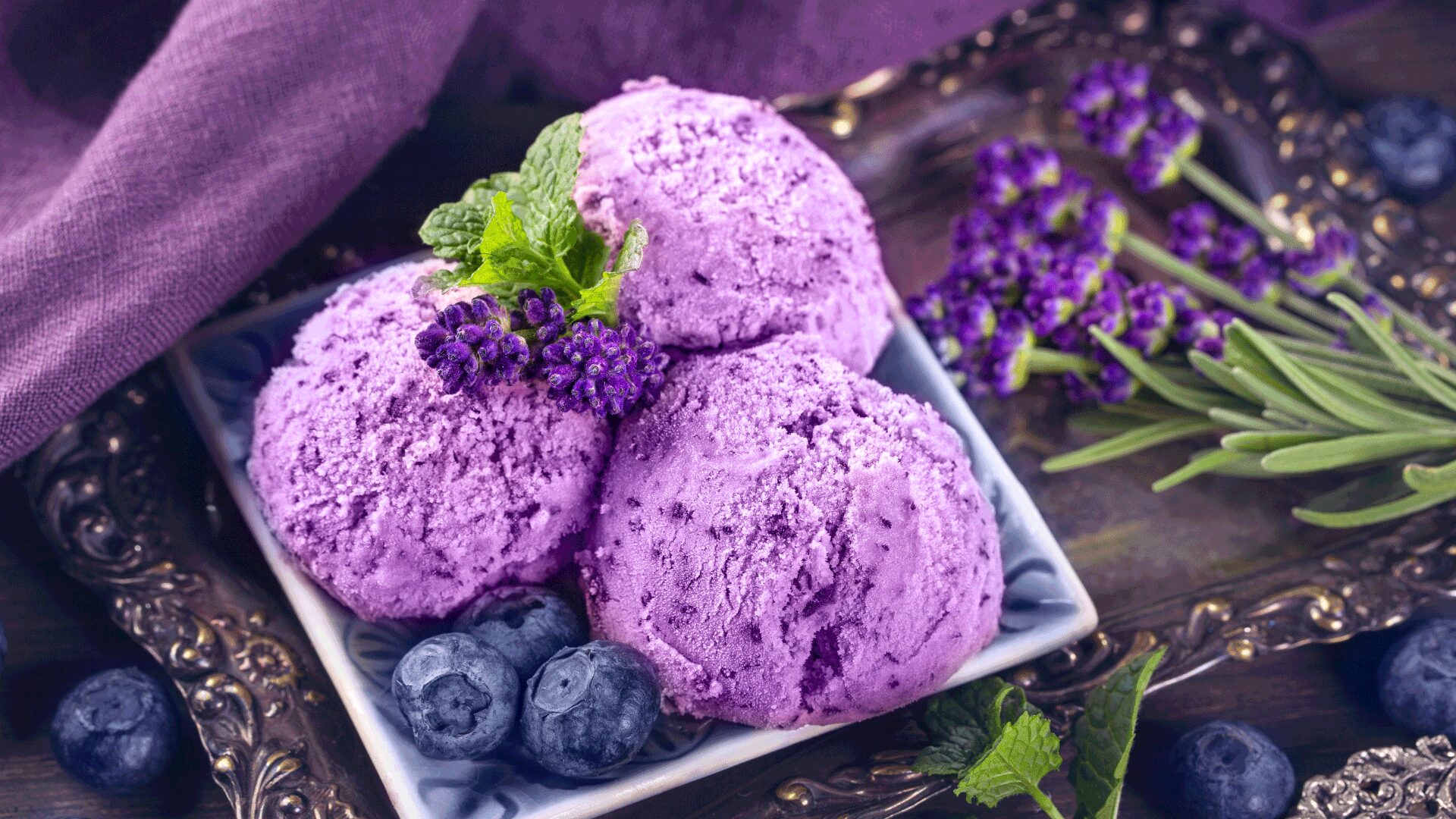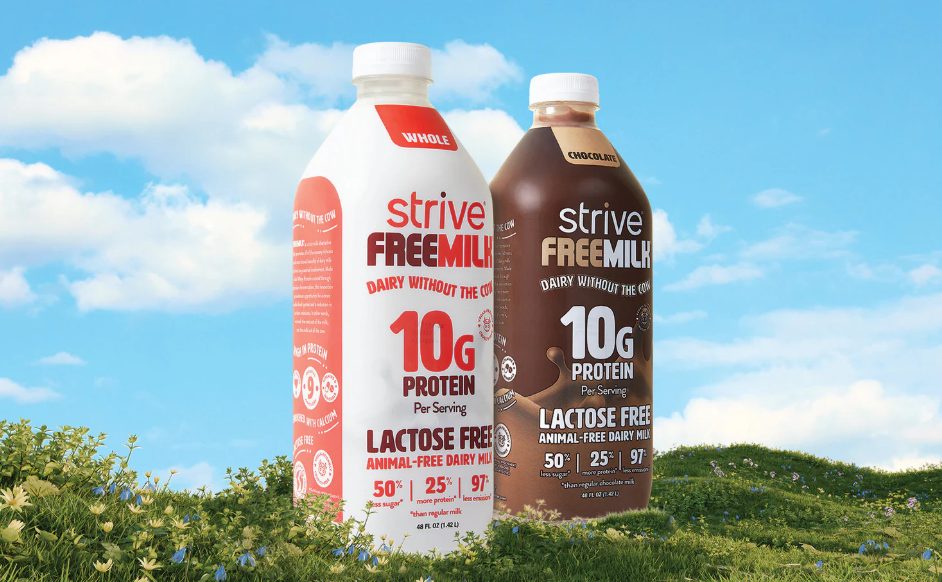It might be wintertime, but it’s never too cold for ice cream, it seems.
In fact, ice cream appears to be a year-round delicacy, based on a recent Technavio report projecting the global market to increase $31.7 billion by 2029, at a CAGR of 6.1%.
So, what’s behind this notable growth?
Same Consistency, Longer Shelf Life
With ice cream, consistency is key – in every sense of the word – and food-tech advancements have enabled ice cream makers to extend the shelf life of their products without decreasing the quality.
“The biggest challenge is maintaining the desired texture over time, and through the varying conditions of the supply chain,” said Dr. Bryan Quoc Le, a food scientist, engineer, and consultant.
“Stabilizers and emulsifiers are the solution, including ingredients such as eggs, starches, and gums. These reduce ice crystal formation and maintain creaminess in the final product,” Dr. Le told FI.
However, the better-for-you boom has prompted some companies to rethink their approach.
“Because of the rising demand for ‘clean labels,’ some manufacturers have removed these ingredients, and considering the research over the past decade, have likely adjusted their pasteurization process, which changes the casein proteins in the milk, effectively making the casein act as the stabilizer,” said Le.
“It’s a small change that brings significant results – namely, the water-binding and foam-producing properties. Binding the water reduces the size of the ice crystals throughout the product, resulting in a smoother mouthfeel and slower melting. Producing foams, also known as trapping air, allows for a higher number of small pockets of air throughout the product instead of fewer large pockets; this also improves both the texture and melting rate,” he added.
Less Sugar, More Function
According to the Kerry Group, 65% of Americans want more functionality out of their food; however, they also want to indulge.
To cater to these seemingly conflicting desires, manufacturers have developed a bevy of frozen treats featuring functional ingredients and less sugar. Many of these products are also allergen-free – and despite the plant-based category walking a rocky road recently, vegan ice cream remains popular.
However, healthier alternatives are only appealing if their beloved taste and texture remain intact.
A 2022 study revealed manufacturers can reduce up to 50% of the fat and 25% of the sugar in ice cream without drastically impacting its sensory experience by adding either:
- Inulin, a plant-based prebiotic fiber featured in many Halo Top flavors
- Spirulina, a blue-green algae powder that’s also used as a natural food dye in products like NadaMoo’s Lotta Mint Chip flavor
In addition to these ingredients, ice cream brands are infusing their products with other nutritional benefits.
So Delicious adds pea protein to many of its dairy-free frozen treats, while Cado incorporates avocado, resulting in a rich, creamy consistency with a scoop of heart-healthy monounsaturated fats as an added perk – or more aptly, a cherry on top. Similarly, Jeni’s Splendid Ice Creams adds spinach to its Green Smoothie flavor.
Innovative and International Flavors
Premium ice creams featuring exotic, herbal, and adventurous flavors are also fueling the category’s growth.
With consumer interest in global cuisines on the rise, ice cream makers are debuting flavors inspired by cultures from practically every region of the world, including:
- Noona’s Strawberry Yuzu Dreamsicle
- Coney Island Creamery’s Mais Con Queso, a Filipino dessert made with cheese and corn
- Saffron & Rose’s Faloodeh Persian sorbet
- Adirondack Creamery’s Syrian Date & Walnut
- Silk Road’s Moroccan Chebakia & Sesame
- Wanderlust Creamery’s Sticky Rice + Mango
- Azucar’s Cuban-style Sweet Plantain
In addition, some brands are opting to toss oils and vinegars into the mix. Salt & Straw infuses a flavor with Arbequina Olive Oil, for example, while Coolhaus makes a Balsamic Fig & Mascarpone ice cream.
Other brands like Tipsy Scoop are serving up boozy concoctions, such as Raspberry Limoncello Sorbet, as well as mocktail-inspired options like a Hazelnut Espress-no Martini ice cream.
The Food Institute Podcast
How does a coffee brand pivot into honey? The answer might make more sense than you originally believed. Jessica Padula, Nespresso USA’s vice president of marketing and head of sustainability, returns to discuss the company’s sustainability efforts and how her dual roles in marketing and sustainability inform each other and improve the company.











